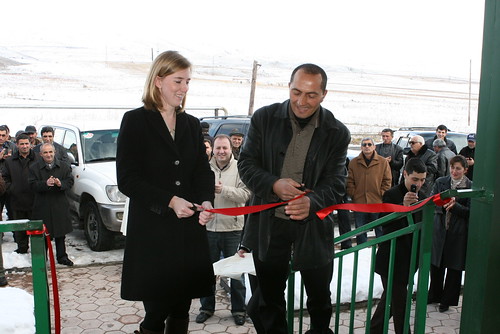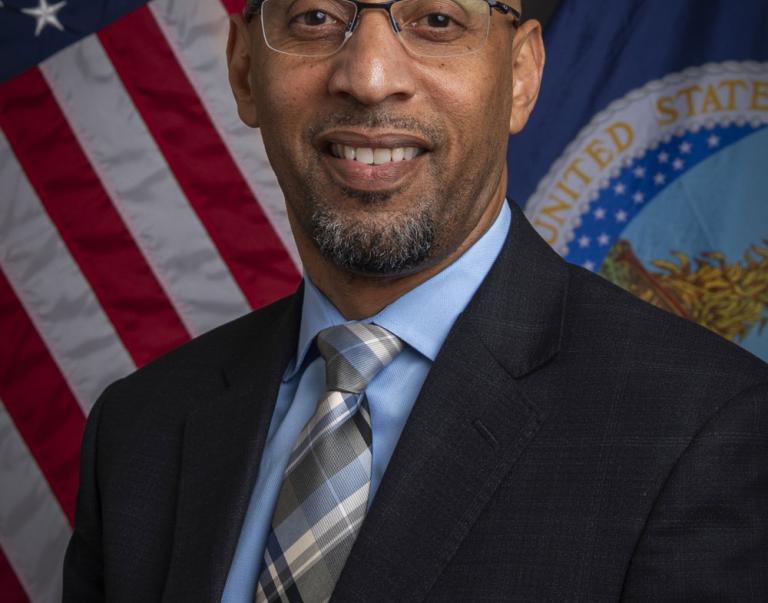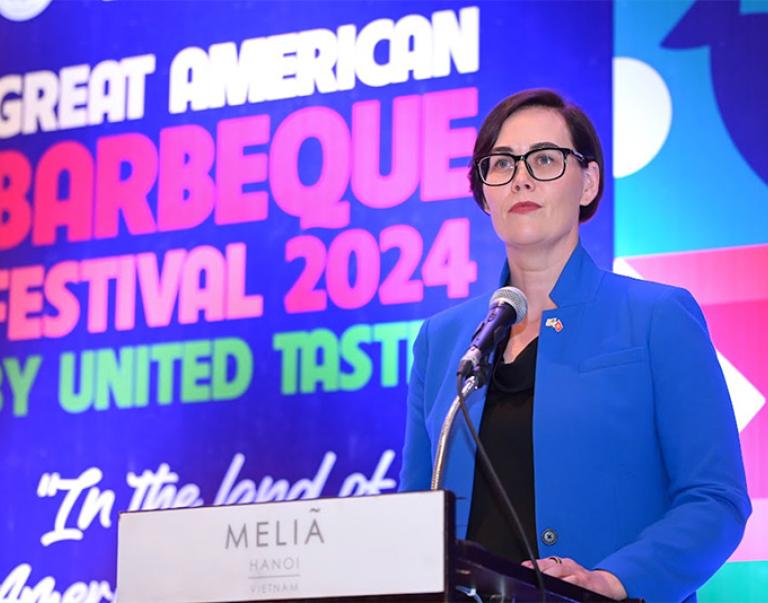
In November, I joined other representatives from USDA’s Foreign Agricultural Service (FAS) for a dedication ceremony for the Farm and Veterinary Service Center (FVSC) in Armenia. The opening ceremony was attended by more than 70 community members, farmers, veterinarians and government officials from throughout the Syunik Marz region. Prior to the ceremony, Armenian Prime Minister Tigran Sargsyan visited the center to tour the facility and witness firsthand the products and services that will be readily available to local farmers.
This center is just one of the many animal health technical assistance, food safety, and rural development projects FAS has worked on with Armenia’s Center for Agribusiness and Rural Development since 2005. Protecting livestock against diseases and preventing spread of disease have been critical components of USDA’s animal health program in Armenia, due to the widespread human health and economic effects these diseases can have on farming communities.
The FVSC provides farmers and veterinarians in a rural, remote region of Armenia not only with training and information, but with improved access to veterinary medicines and high-quality artificial insemination supplies. Additionally, it will serve as a networking center for the local farm and veterinary community to become more in tune with their neighbors and what is happening on other local farms.
As soon as the ribbon was cut, local farmers and veterinarians entered the center for the first time and immediately began looking at the supplies and medicines for sale and reading the technical information available.
“If a cow had hoof problems, or there was a need for surgery, we did not have the necessary facilities and supplies,” said Suren Vardanyan, FVSC manager, pointing to the facility. “But today, we have [those things].”

USDA’s work in Armenia strives to improve food security and the agricultural livelihoods of the farmers in that region. By working to address animal health issues in places like Armenia, USDA is helping to control the spread of disease to other parts of the world. The FVSC business model is a pilot project that FAS will follow closely to determine whether similar projects would be beneficial to communities in other parts of the world.
Currently, the American brand of agriculture is surging in popularity worldwide. Farm exports in fiscal year 2011 reached a record high of $137.4 billion—exceeding past highs by $22.5 billion—and supported 1.15 million jobs here at home. The agricultural trade surplus stands at a record $42.7 billion. And USDA’s capacity building programs have supported this success by helping nations build market-driven institutions and science-based regulatory frameworks that facilitate trade and create an environment conducive to agricultural growth.



